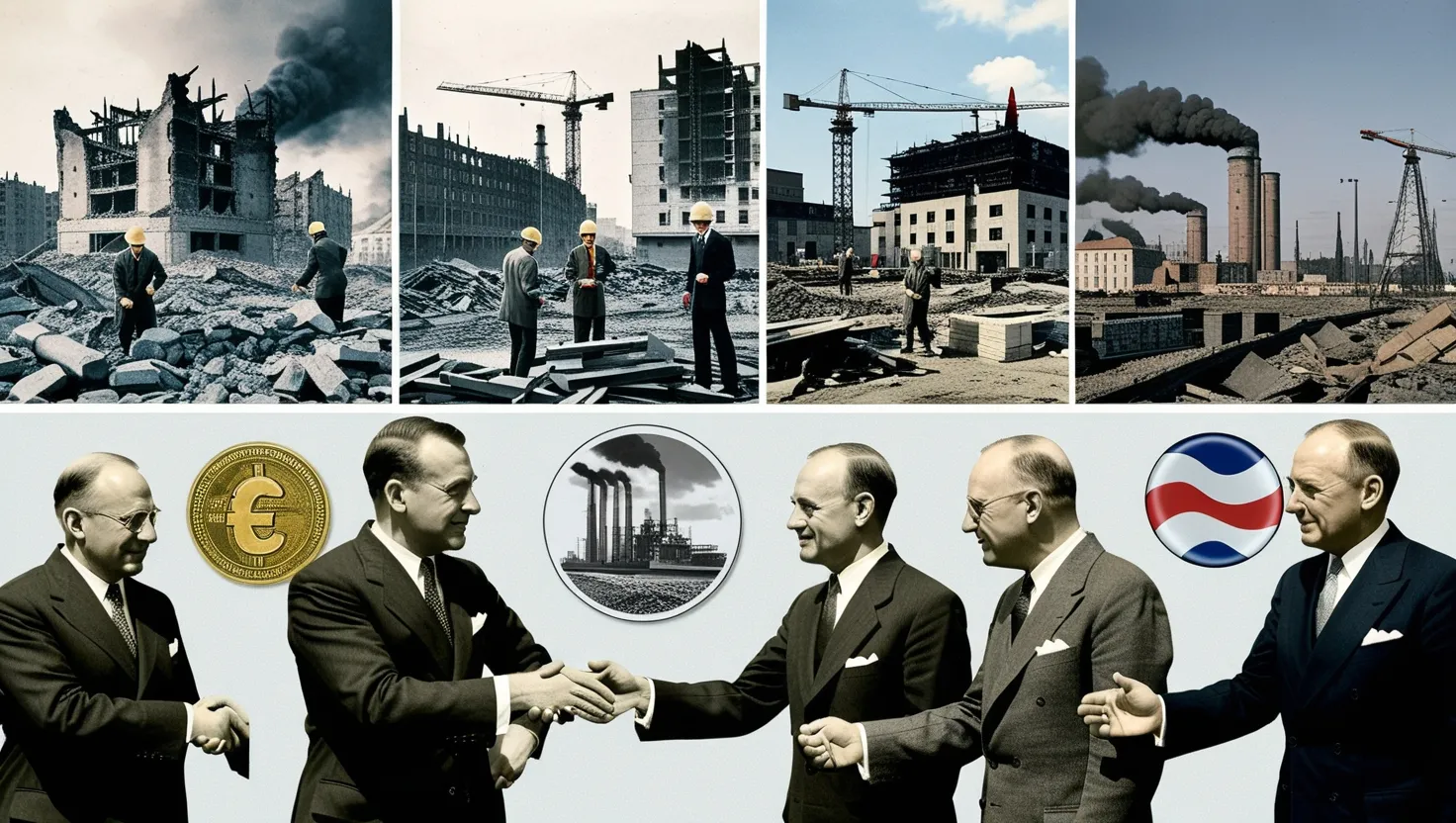The history of medicine is a tapestry woven with moments of brilliance, serendipity, and relentless pursuit of knowledge. Five scientific breakthroughs stand out as pivotal turning points that revolutionized the field, transforming the way we understand and treat diseases.
In 1796, a country doctor named Edward Jenner made an observation that would change the course of medical history. He noticed that milkmaids who contracted cowpox seemed immune to the more deadly smallpox. This simple observation led to a groundbreaking experiment. Jenner took material from a cowpox lesion and inoculated it into the arm of a young boy. When the boy was later exposed to smallpox, he showed no signs of infection.
Jenner’s discovery laid the foundation for modern immunology and vaccination. It was a leap of faith, a daring experiment that could have gone terribly wrong. But it didn’t. Instead, it opened up a new frontier in medicine, offering a way to prevent diseases rather than just treat them.
“The joy I felt as the discovery of vaccination broke upon me can never be described,” Jenner wrote in his journal. “I knew that I had found a way to save countless lives.”
His work eventually led to the global eradication of smallpox in 1980, marking the first time in history that humans had completely eliminated a disease. But how many other diseases could we potentially eradicate using similar methods?
Fast forward to 1928, when Alexander Fleming returned from a vacation to find mold growing on some of his petri dishes. Most scientists would have discarded the contaminated samples, but Fleming’s curiosity led him to examine them more closely. He noticed that the area around the mold was clear of bacteria. This accidental discovery led to the development of penicillin, the world’s first antibiotic.
Fleming’s finding ushered in the antibiotic era, providing a powerful weapon against bacterial infections that had previously been death sentences. During World War II, penicillin saved countless lives, earning it the nickname “the miracle drug.”
“One sometimes finds what one is not looking for,” Fleming later remarked. His words remind us of the importance of keeping an open mind in scientific research. What other miraculous discoveries might be hiding in plain sight, waiting for an observant eye to notice them?
In 1895, Wilhelm Röntgen was experimenting with cathode rays when he noticed a fluorescent glow coming from a nearby chemically coated screen. He had accidentally discovered X-rays, invisible rays that could pass through solid objects and create images on photographic plates.
Röntgen’s discovery allowed doctors to see inside the human body without surgery for the first time. It revolutionized medical diagnosis, making it possible to identify broken bones, locate tumors, and detect dental problems without invasive procedures.
The impact of X-rays on medicine was immediate and profound. Within months of Röntgen’s announcement, X-ray machines were being used in hospitals around the world. Today, advanced imaging techniques like CT scans and MRIs are direct descendants of Röntgen’s accidental discovery.
“I did not think; I investigated,” Röntgen said of his work. His words underscore the importance of hands-on experimentation in scientific discovery. How might we encourage more of this exploratory spirit in modern research?
The year 1953 saw a breakthrough that would reshape our understanding of life itself. James Watson, Francis Crick, and Rosalind Franklin unraveled the structure of DNA, the molecule that carries our genetic information.
Their discovery of the double helix structure explained how genetic information is stored and passed on from one generation to the next. It laid the groundwork for the field of molecular biology and opened up new possibilities in genetic medicine.
The implications of this discovery are still unfolding today. From genetic testing that can predict disease risk to gene therapies that can treat inherited disorders, our understanding of DNA continues to revolutionize medicine.
“We wish to suggest a structure for the salt of deoxyribose nucleic acid (D.N.A.),” began Watson and Crick’s landmark paper in Nature. Those modest words heralded a new era in biology and medicine. But as we delve deeper into the complexities of the genome, what ethical questions should we be asking?
In 1955, Jonas Salk announced the success of his polio vaccine, offering hope against a disease that had terrorized communities for generations. Polio, which could cause paralysis and death, particularly in children, had long been a source of fear and anguish.
Salk’s vaccine, developed using killed polio virus, proved safe and effective in large-scale trials. But what set Salk apart was not just his scientific achievement, but his humanitarian approach. When asked who owned the patent for the vaccine, Salk famously replied, “Well, the people, I would say. There is no patent. Could you patent the sun?”
This decision ensured that the vaccine would be widely accessible, leading to a rapid decline in polio cases worldwide. Today, thanks to continued vaccination efforts, polio is on the verge of global eradication.
Salk’s work demonstrates the potential of medicine to improve lives on a global scale. It raises the question: How can we ensure that future medical breakthroughs benefit all of humanity, not just those who can afford them?
These five breakthroughs represent more than just scientific achievements. They mark pivotal moments when human ingenuity and perseverance overcame seemingly insurmountable challenges. Each discovery built upon the work that came before it, demonstrating the cumulative nature of scientific progress.
From Jenner’s cowpox experiments to Salk’s polio vaccine, we see a shift in medicine from a largely observational practice to a rigorous scientific discipline. These breakthroughs have saved countless lives and continue to shape modern medical treatments and research methods.
But perhaps more importantly, they remind us of the potential for human knowledge to transform our world. They challenge us to keep pushing boundaries, to remain curious, and to never stop questioning.
As we look to the future of medicine, what new breakthroughs await us? Will we see the eradication of more diseases? The development of personalized treatments based on our genetic makeup? Or perhaps discoveries we can’t even imagine yet?
One thing is certain: the spirit of inquiry and innovation that drove these five breakthroughs continues to drive medical research today. And as long as there are diseases to cure and lives to save, scientists will continue to push the boundaries of what’s possible in medicine.
The journey from Jenner’s simple observation to today’s complex genetic therapies has been long and winding. But it’s a journey that continues, driven by the same curiosity, compassion, and commitment to improving human health that inspired these groundbreaking discoveries.
As we stand on the shoulders of these giants, we’re reminded that every scientific breakthrough, no matter how small it may seem at the time, has the potential to change the world. What breakthrough will you contribute to the ever-evolving story of medicine?






